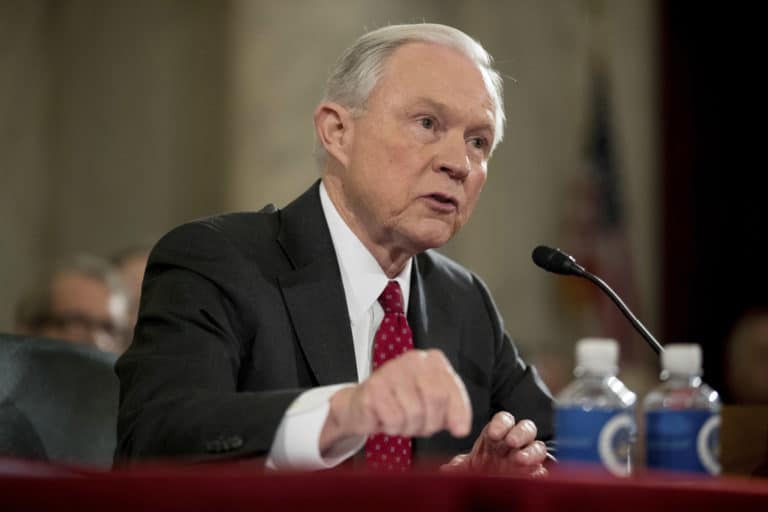President Obama released his Fiscal Year 2016 budget proposal today, and when it comes to the drug war budget, it’s largely more of the same old same old. Despite the growing realization that the war on drugs is failed policy and despite the wave of marijuana legalization beginning to sweep through the states, there is no sign of anything new here.
Budget documents describe the drug war spending as “a 21st Century approach to drug policy that outlines innovative policies and programs and recognizes that substance use disorders are not just a criminal justice issue, but also a major public health concern” and calls for “an evidence-based plan for real drug policy reform, spanning the spectrum of prevention, early intervention, treatment, recovery support, criminal justice reform, effective law enforcement, and international cooperation.”
But the rhetoric doesn’t match up with the spending proposals. Instead, the decades old, roughly 60:40 split in favor of law enforcement over prevention and treatment continues. While the Department of Health and Human Services would get more than $10 billion for treatment and prevention programs (more than $6 billion of it for Medicaid and Medicare), drug law enforcement spending in the Departments of Defense, Homeland Security, and Justice, as well as the drug czar’s office would total more than $14.5 billion.
Justice Department drug war spending would increase from $7.79 billion this fiscal year to $8.14 billion next year under the president’s proposal. That includes nearly $3.7 billion for the Bureau of Prisons (up $187 million), $2.46 billion for the DEA (up $90 million), $519 million for the Organized Crime Drug Enforcement Task Force (up $12 million), and $293 million for the Office of Justice Programs (up $50 million).
That last line item—the Office of Justice Programs—is where the Edward Byrne Justice Assistance Grants, which typically fund multi-jurisdictional drug task forces, are found. It would see a rather substantial 20% funding increase despite congressional efforts in recent years to cut it back. That means more drug task forces, more drug busts, and more back-end costs associated with them (see the Bureau of Prisons line item).
While the overall federal drug budget is up to $27.57 billion (from $26.34 billion last year), there are decreases in some line items. The Office of National Drug Control Policy (ONDCP—the drug czar’s office) would be cut from $375 million this year to $307 billion next year, the High Intensity Drug Trafficking Areas (HIDTA) program would be cut from $245 million to $193 million, and Defense Department drug war spending would be cut from $1.307 billion to $1.267 billion.
There are no huge increases in the drug war budget, but neither are there significant decreases. This is very much a drug war budget on cruise control. And this is, of course, only the president’s proposed budget. The Republican-controlled Congress is unlikely to treat it with much respect, but unlike most instances, in the case of the drug war budget, Congress is more likely to increase than to slash the president’s requests.
If everyone agrees the drug war is a failure, someone forget to tell the president and the Congress.
Article From StoptheDrugWar.org – Creative Commons Licensing – Donate









